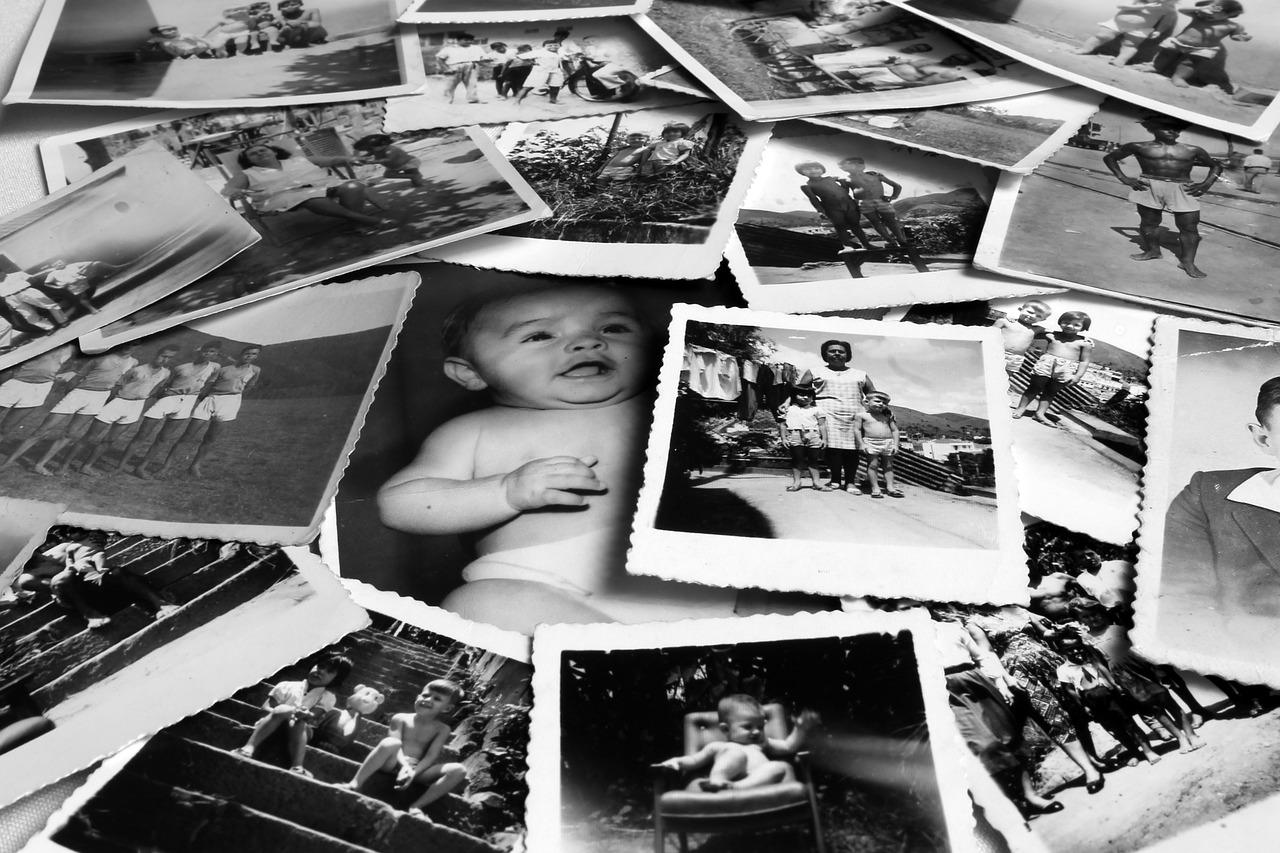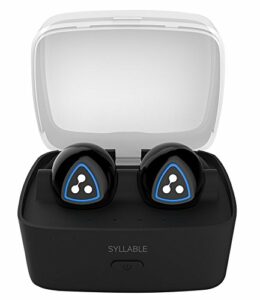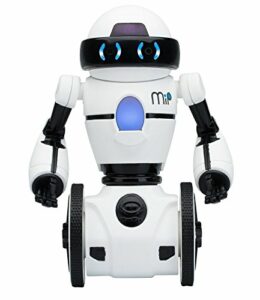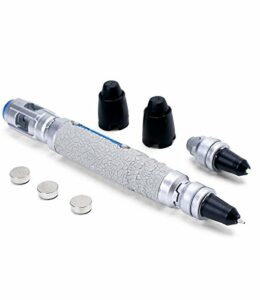
28 jan They imitate the formation of memories long term brain
We quote a news trends 21;
 Researchers from the University of California of the South (USC) and the Wake Forest Baptist Medical Center (North Carolina), both of US, have developed a brain prosthesis designed to help people who suffer from loss of memory.
Researchers from the University of California of the South (USC) and the Wake Forest Baptist Medical Center (North Carolina), both of US, have developed a brain prosthesis designed to help people who suffer from loss of memory.
The prosthesis, which includes a small set of electrodes implanted in the brain, has obtained good results in laboratory animal tests and is being evaluated in human patients.
Originally designed in the USC and tested at Wake Forest Baptist, the device has been developed over decades of research by Ted Berger and is based on a new algorithm created by Dong Song, both of the Viterbi School of Engineering from USC. The development is also based on more than one decade of collaboration with Sam Deadwyler and Robert Hampson, of the Department of Physiology and pharmacology of Wake Forest Baptist, which have collected the neural data used to build the models and algorithms.
Signals and stimuli
When the brain receives sensory information, it creates a memory in the form of complex electrical signal that travels across multiple regions of the hippocampus, the Center of the brain memory. In each region, the signal will re-encode until it reaches the final region as a completely different signal being sent for storage in the long term.
If there is damage in a region that avoids this translation, the possibility of not forming the long-term memory. That's why a person with damage to the hippocampus (due to Alzheimer's disease, for example) can recall events of long ago - the things which already translated into memories long term until the brain damage to occur-, but find it difficult to form new long-term memories.
Song and Berger found a way to accurately imitate the way in which a memory translates from short term memory in long-term memoryfrom data obtained by Deadwyler and Hampson, first in animals, and after the humans. Your prosthesis is designed to bypass a damaged section of the hippocampus and provide the memory correctly translated to the next region.
That is despite the fact that there is currently no way to "read" a memory just look at his electrical signal. "It is like being able to translate from the Spanish to French, without being able to understand any of the languages", says Berger, on information from USC.
Teams from USC and Wake Forest Baptist proved the effectiveness of the model. With the permission of the patients who had electrodes implanted in their hippocampi to treat chronic seizures, Hampson and Deadwyler read electrical signals created during the memory formation in two regions of the hippocampus and then sent that information to Song and Berger to build the model.
Subsequently, team introduced those signals in your model and read how the signals generated in the first region of the hippocampus in signals generated by the second region of the hippocampus were translated.
In hundreds of trials with nine patients, the algorithm predicted how would provide signals with about 90 percent accuracy.
"Being able to predict the neural signals with USC model suggests that it can be used to design a device that support or replace the function of a damaged part of the brain," says Hampson.
In their next step, the team will attempt to send signal translated back to the brain of a patient with damage in one of the regions in order to try to avoid damage and allow the formation of a accurate long-term memory.
If you want to know more about How long-term memories are formedYou can check the entire process on wikipedia.
![The Ministry of time - season 2 [Blu-ray]](https://viajeroseneltiempo.es/storage/2016/09/El-Ministerio-Del-Tiempo-Temporada-2-Blu-ray-0-260x300.jpg)




![La Teoría Del Todo [Blu-ray] - Stephen Hawking](https://viajeroseneltiempo.es/storage/2016/09/La-Teora-Del-Todo-Blu-ray-0-260x300.jpg)











No Comments